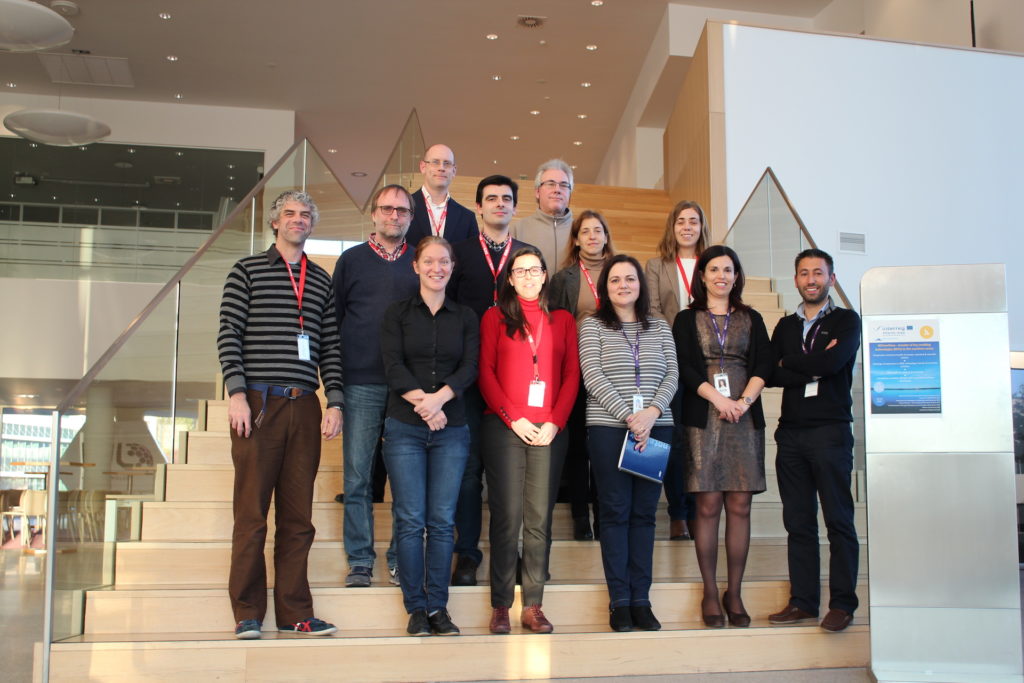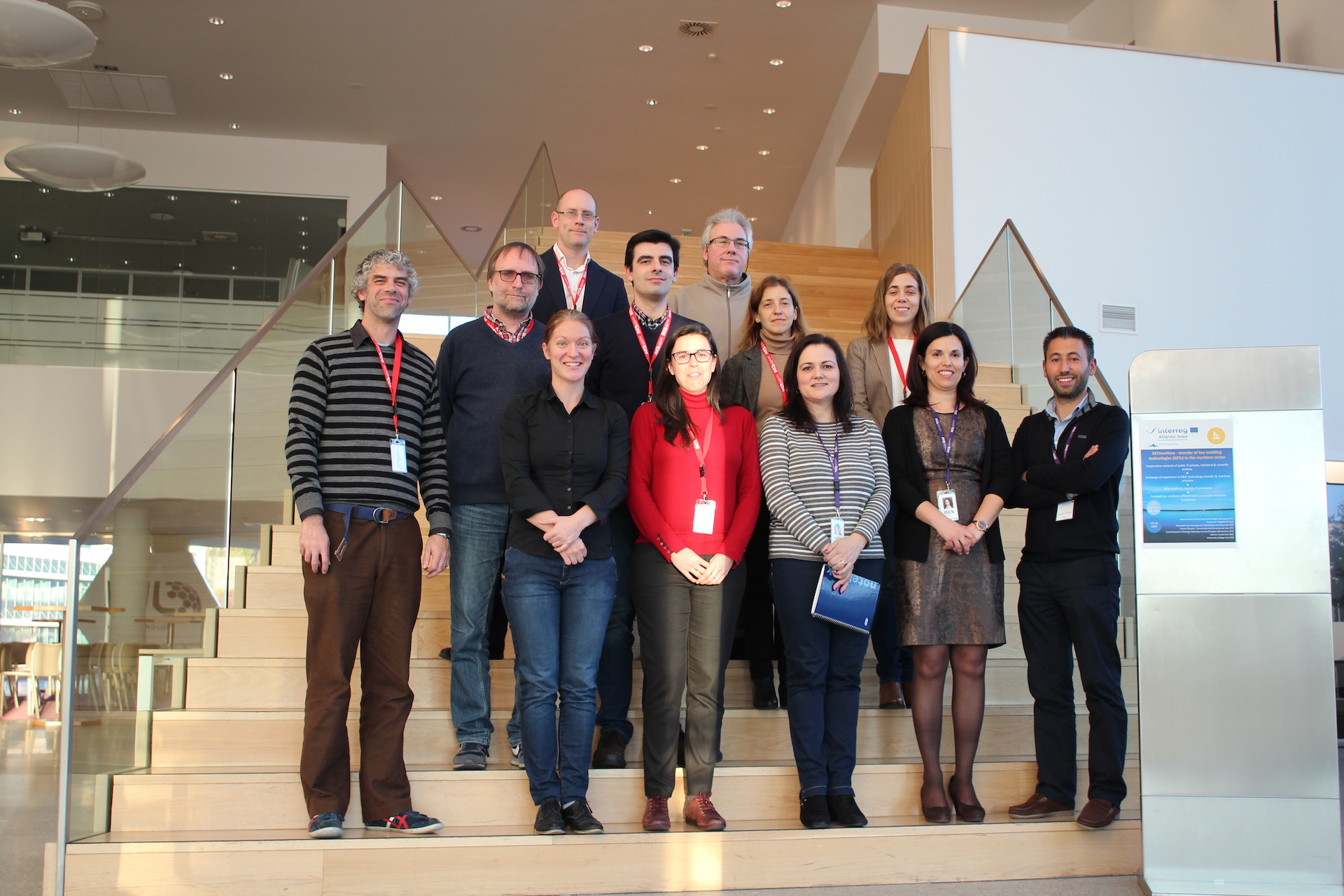Pan-European science project KETmaritime is set reveal its findings on next-generation technology for maritime applications.
KETmaritime, a €1-million project led by the International Iberian Nanotechnology Laboratory (INL) in Braga, Portugal, has announced that it will release “detailed findings from its five key areas of study over the coming months”. Intended to “unite world-class public, private and educational bodies to identify Key Enabling Technologies [KETs] which will meet the future needs and demands of the Atlantic maritime industry”, the project has focussed its efforts on nanotechnology; micro-electro mechanical systems (MEMS) and nano-electro mechanical systems (NEMS); photonics; advanced manufacturing for shipbuilding applications; and marine industrial biotech.
According to the project’s researchers, the benefits such KETs could offer the maritime sector are multifold. In terms of nanotechnology, for instance, one clear area concerns the development of coatings that, thanks to their significantly smaller particle sizes, could greatly reduce corrosion. Similarly, this technology could also result in paints and coatings with enhanced adhesion and, when combined with biocides, antifouling qualities. Additionally, this particular KET could also lead to new additives to facilitate more efficient fuels, batteries and power systems as well as nano-reinforced fibres resulting in stronger and lighter composite materials for vessel construction.

Meanwhile, MEMs and NEMs, which utilise miniaturised electronic and mechanical components within a chip or embedded system and which generate interpretable electrical signals from changes to such physical variables as flow, pressure, light, chemicals or pathogens, also promise much for the sector. For example, the development of inertial measurement units (IMUs) that employ tiny gyroscopes and accelerometers opens up much in the way of autonomous navigation systems as well as in situ monitoring and analysis. Similarly, photonics, viz the production and detection of visible and non-visible light, could lead to great advances in structural health monitoring (SHM) and ergo predictive maintenance that would see components only being replaced or repaired when actually necessary rather than after fixed time periods.
Backed by the European Regional Development Fund, the KETmaritime project has seen INL researchers working alongside partners from CIMAP, a French multidisciplinary research laboratory; Portuguese maritime economy association Fórum Oceano; and IDONIAL, a Spanish industrial design centre. At the same time, “major input” has also come from MaREI, the Irish centre for marine and renewable energy, and the UK marine cluster organisation Marine South East, with Spanish non-profit research association AIMEN looking at photonic marine applications.
“The KETmaritime project has enabled us to build a cooperative network across Europe to promote the transfer of advanced ‘new age’ technology to the Atlantic maritime sector,” says INL-based project coordinator Ana Vila. “Our mission is to increase knowledge and awareness of Key Enabling Technologies which will benefit a multitude of products, services and processes across the maritime industry and in turn drive innovation, international partnerships and economic growth.”
“We have been working with a world-class consortium of partners from Spain, Portugal, France, Ireland and the UK,” she continues. “Each member is a key stakeholder within its own region, helping inform our transnational maritime manufacturing network. The strength and depth of the network has been pivotal to its success and each of our partners has played an instrumental role in the programme.”
“The KETmaritime project began in 2017 and has undergone a series of important stages,” adds David Santos of IDONIAL. “We initially had to build awareness of the network before carrying out extensive research of the existing ecosystem. This involved mapping out R&D&I projects to understand how we could best increase capability, skills and knowledge on KETs. We then developed a ‘technology roadmap’ identifying future priorities based on stakeholder surveys along with best practices. Further engagement involved training sessions, workshops and pilot projects across Europe.”
“Our work has ultimately led to the development of five highly detailed and comprehensive case study documents. These have been built around real industrial cases highlighting the benefits of KETs – which we consider to be next-generation technology. We are gearing up to officially release these case studies over the coming months in line with relevant maritime trade shows and events taking place across the international community,” he says.
KETmaritime plans to stage its next workshop at the IDONIAL facility in Gijón, Spain this coming October 29.
Running under the banner of ‘Key Enabling Technologies (KETs): Innovation Drivers for the Marine Sectors’, it will feature a number of presentations looking at the application of fibre-reinforced plastics in the manufacture of large commercial vessels; the civil applications of underwater sensors; climate-data-supported port management; and offshore wind energy innovation.

































